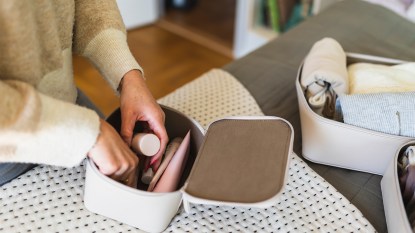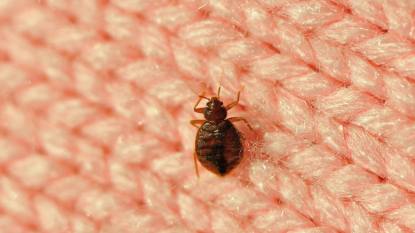How to Bring an Almost-Dead Succulent Back to Life — Plus Easy Tricks to Keep It Thriving
Don't toss that wilted succulent! Experts share 4 common problems causing the damage and how to reverse it
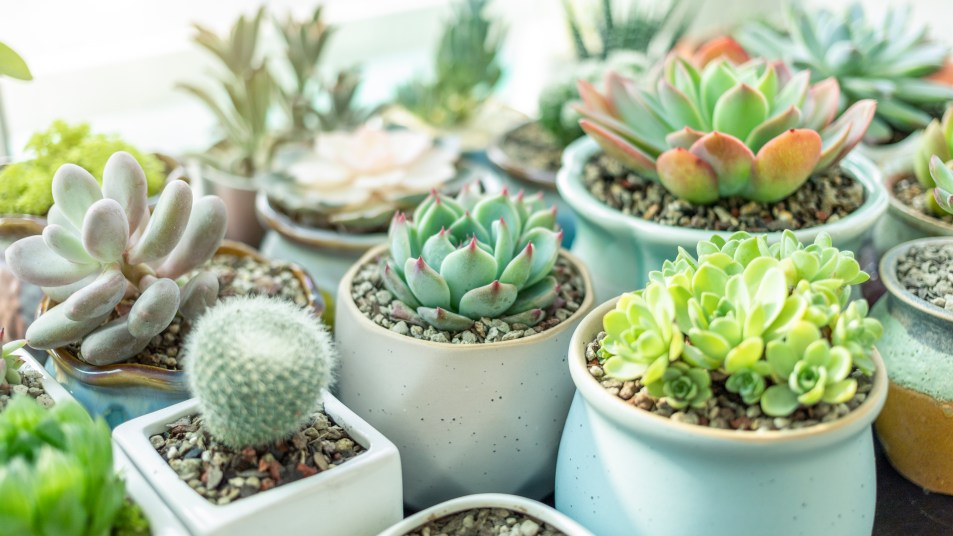
If you love having succulents in your home, you’ve most likely witnessed one of your pretty plants looking limp, discolored or completely dried out. The finicky plants have a reputation for being tough to care for because of the delicate balance of water and sunlight they need in order to thrive. Fortunately, if you have a succulent that looks worse for wear because you gave it too much (or too little) water and sunlight, it’s easy to revive it in a few simple steps. To help salvage your succulent, we’ve put together a handy guide so you can determine why your succulent isn’t looking its best — and expert-approved steps for how to revive a succulent.
What are succulents?
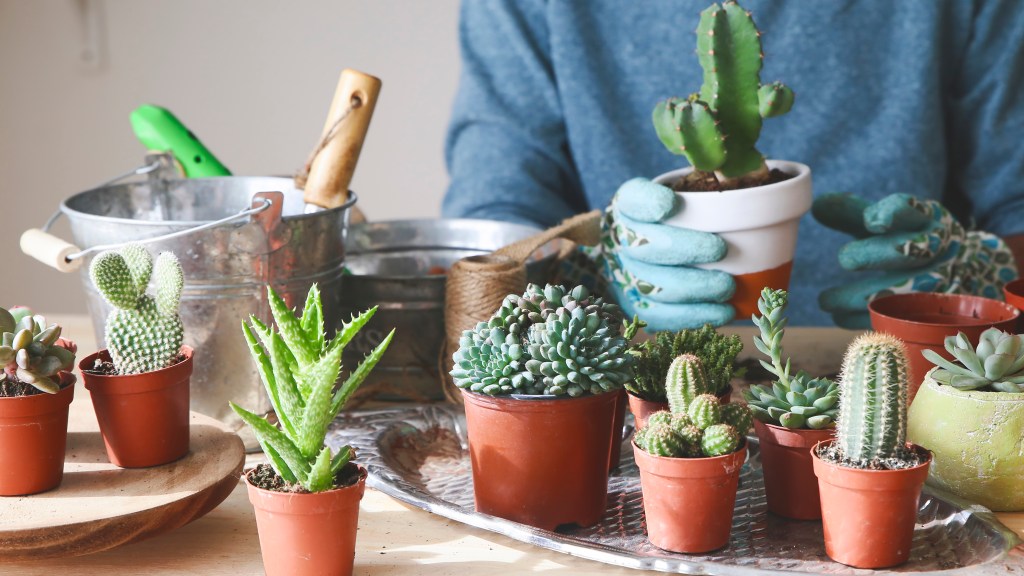
Succulents are easy to care for, drought-resistant plants — most of which require less frequent watering than common tropical houseplants, says Rachael Cohen, botanical stylist, environmental educator and author of Infinite Succulent. “Most also like a dry environment, which is common in your home during the winter months when you’re using your heat.” While there are thousands of different types of succulents found across the world, some of the most popular varieties that are used as container plants include aloe, haworthia, tillandsia, crassula, kalanchoe, echevaria, sempervivum, sedum and euphorbia, according to a Wisconsin University-Madison report.
What’s the best way to maintain succulents?
“Proper care for these lovely indoor plants involves planting their roots in well-draining soil, giving them infrequent watering (you should only water when soil is dry 1 to 2 inches deep) and adequate but not scorching sunlight (6 hours of indirect or morning sun is recommended),” says Veronica Sparks, owner and operator of Homesteading Suburbia.
Tip: When watering, make sure to soak the entire volume of the soil thoroughly and evenly, but not to the point of sogginess, and remove excess water from the pot saucer to prevent waterlogging, advises Nastya Vasylchyshyna, resident botany expert at Plantum, an app that helps identify plants and improve plant care. Also smart: To further improve the drainage of your well-draining soil, you can mix in a handful of perlite, charcoal chips or small pebbles, she says.
Related: Plant Pros: 7 Genius Ways to Water Plants While You’re Away + One Hack Never To Try
4 reasons your succulent might be looking sad
“New succulent owners often want to see their plants grow as soon as possible, so they tend to give them extra water and fertilizer,” says Vasylchyshyna. “Though well-intentioned, this desire is what commonly becomes the root cause of problems with rot, spotting, defoliation and finally, plant death.” Additionally, succulents require plenty of light to stay healthy, but not many homes have the south-facing windows that can provide it, so the plants end up wilting or dying from lack of proper sun exposure, she says.
Below, we detail the 4 most common reasons your succulent might be wilting or dying, and the easy, expert-approved tricks for how to revive a succulent.
1. Could you be overwatering your plant?
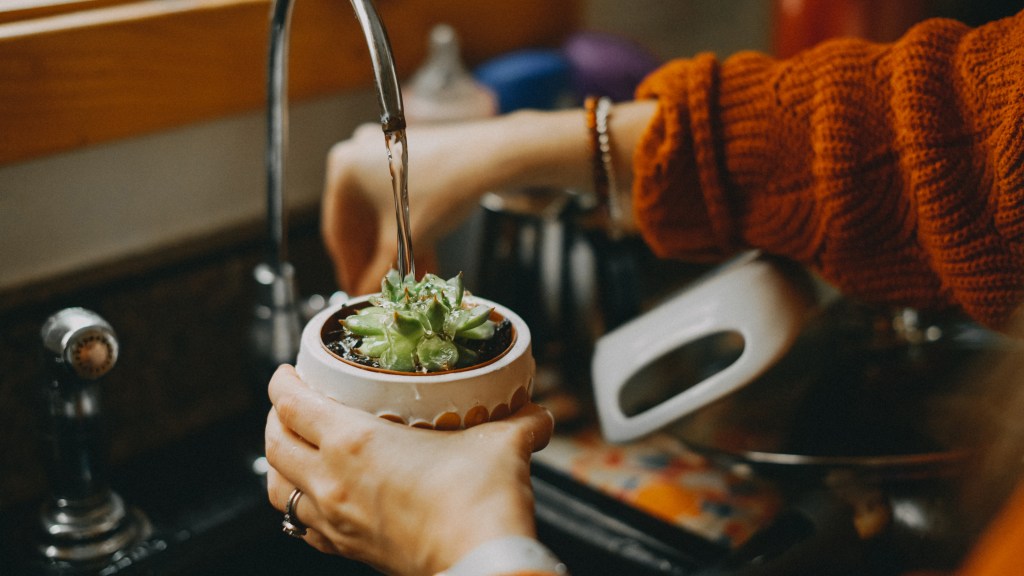
It’s easy to overwater a plant, and there are telltale signs that make it easy to identify overwatering. The main giveaway is that your plant is mushy, soggy or rotting in some parts, says Gene Caballero, co-founder of GreenPal.
“If this is the case, remove the succulent from its pot, trim any black or mushy roots and repot it in fresh, dry cactus mix,” he says. It is essential to let the soil dry out completely between waterings until the plant returns to health.
To avoid overwatering your plants in the future, try the finger test, says Sparks. Simply insert your finger into the soil about 1 to 2 inches deep (roughly up to your knuckle) and check whether it’s damp. If it’s still moist, then your plant doesn’t need a drink.
2. Or maybe it’s not getting enough water
Conversely, you may not be watering your plant enough. “If your plant is shriveled and dry-looking, it likely needs more water,” says Caballero. To do: Soak the soil thoroughly, then let it dry out fully before watering again.
One caveat: “Since the soil is so dry, it might become hydrophobic and repel water, so you might need to repeat watering,” notes Vladan Nikolic, houseplant expert and founder of MrHouseplant.com. “If this is the case, bottom-watering it a few times will be best to make sure the soil gets fully saturated.” Simply set your succulent still in its pot (equipped with a drainage hole) in a water-filled bowl so it can soak up the water from the bottom until the top of the soil feels damp to the touch.
Moving forward, keep in mind that it’s better to soak succulents less frequently than to lightly water often, says Caballero.
3. Is your plant getting enough sun?
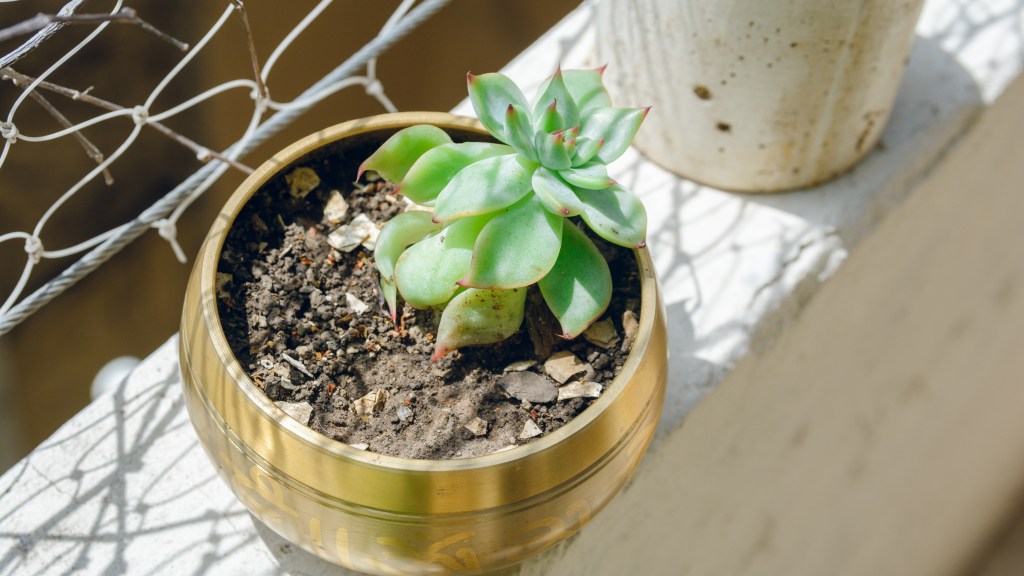
If plants don’t get enough sunlight, they can’t produce the nutrients they need to survive. Just like humans, plants need the sun’s rays to stay happy and healthy. Common warning signs your plant could use some more sun: It’s fading in color or is elongating and stretching, notes Caballero.
The stretching process is known as etiolation, and Vasylchyshyna says it happens when a succulent that’s not receiving enough light attempts to grow closer toward a light source, expending energy to stretch the parts of its stem between the areas where leaves attach to it.
To fix the issue, gradually introduce more sunlight. To do: Move the plant to an area with direct sun exposure (preferably a south-facing window) for one hour of early morning sun for a week, then increase hours each week, suggests Nikolic. You can also consider buying a grow light, like Juhefa Grow Light for Indoor Plants (Buy from Amazon, $7.99) to supplement the light artificially where the plant is currently residing, says Vasylchyshyna.
4. Is your plant getting too much sun?
Although succulents love sun, if your plant gets too much sun too quickly after not having enough, it can cause succulent “sunburn,” says Nikolic. Check for scorched patches on your plant’s leaves, which may look washed out or riddled with white and brown splotches, and consider moving your succulent to a spot with indirect sunlight or light shade during the hottest part of the day when the plant is more susceptible to burning, advises Caballero.
Unfortunately, burned leaves will remain spotted for the rest of the plant’s life, since the cells in the brown parts of leaves are dead and cannot ‘repair’ themselves, says Nikolic. However, if you don’t like their look, feel free to pull off the spotted leaves with your fingers.
Are dry, brown leaves on my succulent a cause for concern?
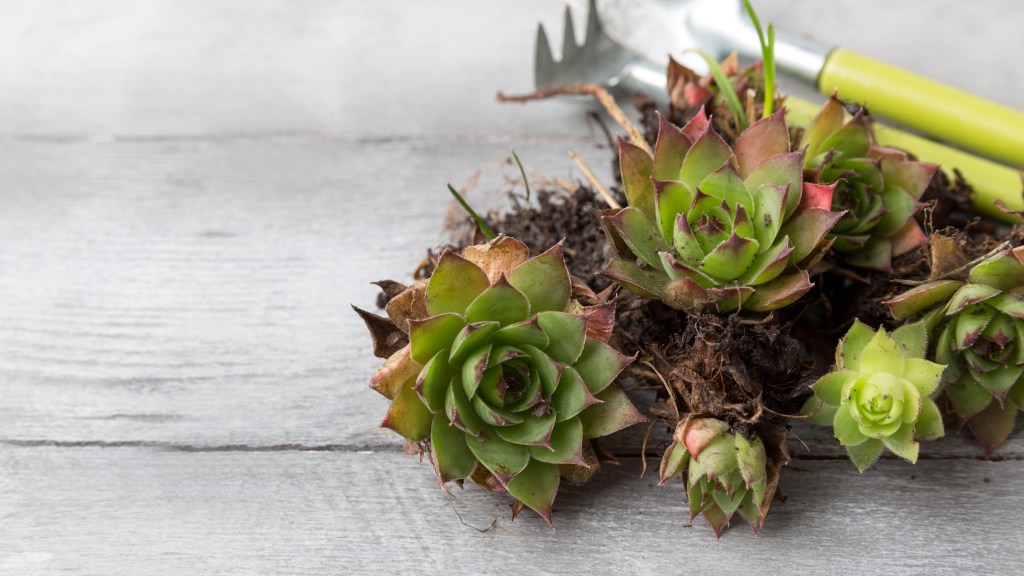
If your succulent has any very dry, dead-looking brown leaves attached to it, that’s not a sign your plant is dying, assures Nikolic. “It’s normal for older succulent leaves to dry out and turn brown,” he says. “As older leaves die, new leaves will grow from the top — just pull off the old, dry leaves with your fingers for a cleaner look!”
For more plant care tips, click through these articles:
The Easiest Way to Grow Plants in Your Home Even When You’re Too Busy
Drooping Is a Sign Your Houseplants Need More Attention — Here’s How To Fix It


